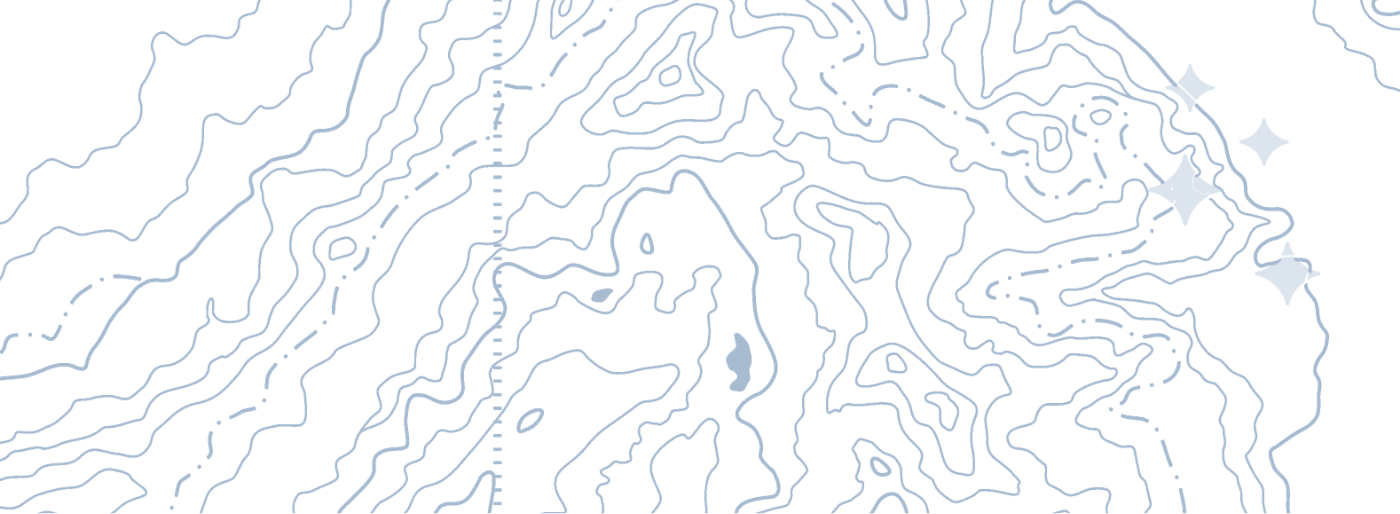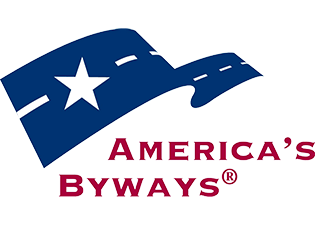North Cascades Smokejumper Base in Winthrop WA
Roni Freund, August 2020
Two air-horn blasts, loud enough to be heard in every corner of camp brings a scurry of activity at North Cascades Smokejumper Base. The men and women stationed here have two minutes to don their protective jump suits and gather at the airfield.
Safety checks are performed, and the team climbs aboard the aircraft with over 100 pounds of gear including main and reserve parachutes, helmet, gloves and personal fire pack. They strive to be in the air, flying toward the fire within 15 minutes of the air horn.
Smokejumpers are called that for one reason: they jump out of airplanes through the smoke to perform initial attack on forest fires burning in terrain too difficult for accessing with vehicles.
Once the team is on the ground, the “jump ship” drops cargo packs with shovels and cross-cut saws, as well as provisions for the team for up to 3 days. If additional supplies are needed, they are often brought in by horseback or mule train.
The smokejumpers go straight to work creating a fuel break, cutting trees and clearing brush, making a containment line along the edge of the fire. Their efforts to quickly attack these fires go a long way in reducing damages and costs of suppression.
Across Eastern Washington over the years hundreds of thousands of acres have burned in forest and wildland fires. The Methow Valley is where “smokejump” testing began in the 1930’s. The first Forest Service aircraft, and SR-10 Stinson along with specially constructed parachutes from Eagle Parachute Company of Lancaster, Pennsylvania were used to make experimental jumps. The test was to see if firefighters trained as parachute jumpers could safely land deep in the forests of high mountain terrain. After 58 successful jumps in 1939 two operational bases were constructed, one in Winthrop and one near Missoula, Montana.
Over the next 20 years bases in Idaho, Oregon, California and Alaska were implemented. Today more than 400 smokejumpers operate out of nine locations in the western US and Alaska.
Birthplace of Smokejumping
Life as a Smokejumper
Jumping on a fire
Washington state’s Worst Fires
Two of the worst fires in the state have been in Okanogan County and the Methow Valley in recent years. 2015 saw over 300,000 acres burn in Okanogan County, but the 2014 Carlton Complex fire was the largest single fire in recorded history of the state of Washington.
Four separate lightning strikes on July 14th 2014, caused fires that merged into one giant fire covering over a quarter million acres and destroying over 350 homes from Pateros at the mouth of the Methow River, north up the Methow River valley and east along the Columbia River. That year almost 400,000 acres burned in a variety of wildfires throughout Eastern Washington, mostly caused by a few massive lightning storms in July and August.
Contemporary facility photos: https://freundsphotography.com/ and https://www.facebook.com/PeteFreundPhotog
Content and historic image sources: Spotfireimages.com and http://www.northcascadessmokejumperbase.com/
Carlton fire photo: Wikimedia














